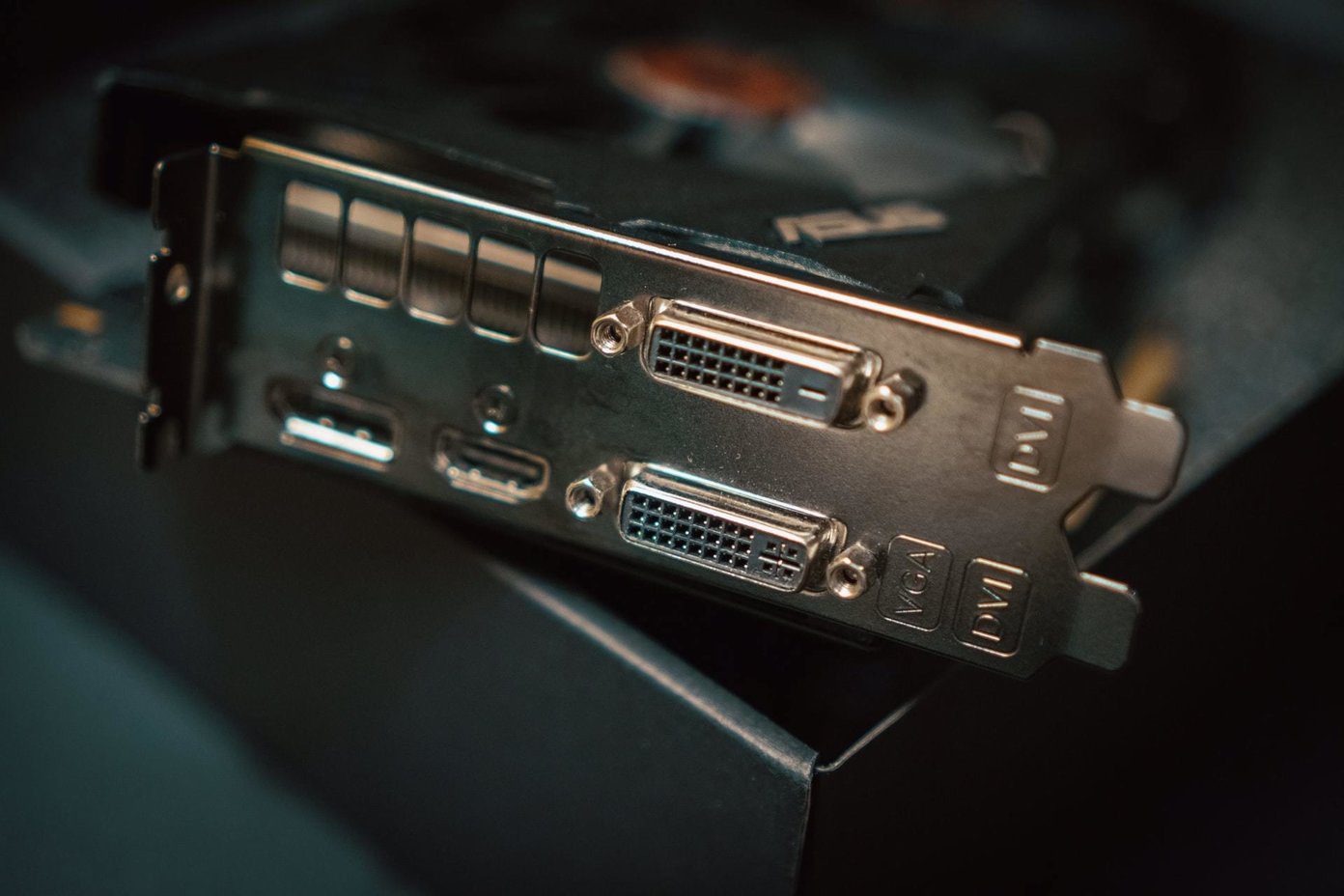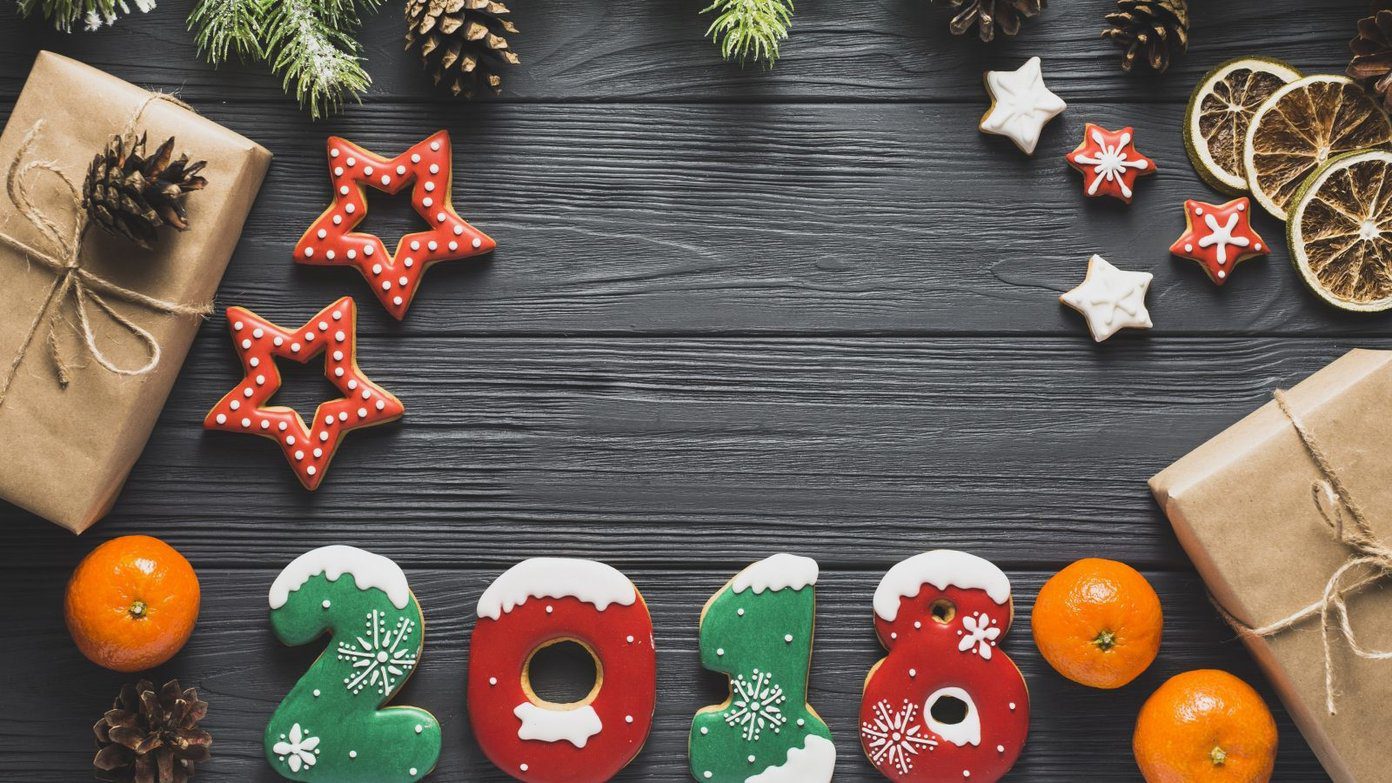You must’ve noticed that your iPhone also lets you switch from the default High Efficiency capture setting to Most Compatible. The latter lets you shoot photos and videos in the older JPEG and H.264 formats respectively. More choices are always better, but how do both modes stack against each other? Are you missing out on anything by preferring one over the other? After switching between both the High Efficiency and Most Compatible camera capture settings regularly, let me share how they differ in terms of storage, visual quality, and compatibility.
Storage
One of the strongest points when it comes to the High Efficiency mode is its absurdly lower file sizes. In general, I found images saved in the HEIC format to only take up around 50-60 percent of storage when compared to the Most Compatible capture setting. And the ratio consistently stays the same regardless of the amount of detail that goes into the overall makeup of a photo. For example, an image that usually takes 3 MB of space as a JPEG file will only require around 1.5 MB when shot in the HEIC format — a pretty huge deal in terms of storage if you take photos regularly. And if you chug around an iPhone or iPad that falls into the lower end of the spectrum in terms of storage size, then shooting in High Efficiency will save the day. Even when it comes to capturing videos, the HEVC format (which uses H.265 encoding) really shines with drastically lower storage requirements. Regardless of what resolution or frames per second that I shot a video with, I found up to a fifty percent (or more in some cases) reduction in file size compared to the Most Compatible mode. Phenomenal. That aside, there’s a rather significant limitation if you choose to use Most Compatible mode — you can’t shoot 4K videos in 60fps or high-definition slow-mo videos at 240fps. Rather than being a technical limitation, this possibly is due to the significantly higher file sizes that result from using the older H.264 codec. And considering that iPhones and iPads don’t have expandable storage, it’s understandable on Apple’s part to stick solely to High Efficiency for those particular settings. Shooting photos and videos in High Efficiency mode also works wonders if you use iCloud to back up your media online. Regardless of whether you use Apple’s miserly 5GB of free storage or any of the paid tiers, having the ability to store roughly store twice as much content feels pretty darn terrific.
Visual Quality
Let’s get this out of the way first — I’m not a professional when it comes to judging photos and videos, but I know a good picture from a bad one. And having shot tons of pictures and videos in both the High Efficiency and Most Compatible modes, the differences between them are pretty much indistinguishable. Even with the crazy compression algorithms behind the High Efficiency formats, both photos and videos show up really well compared to the larger JPEG/H.264 files. Even zooming all the way up, there are no noticeable differences. But I’ve seen people swearing that photos shot in Most Compatible mode (especially those in low-light conditions) look marginally better, and perhaps that’s true considering the heavy compression that goes on with High Efficiency. If you are worried about losing out on the tiniest of details due to compression, then you should consider using the Most Compatible mode. But once again, I can’t find any significant difference. But if you want to go into the technicalities, photos shot in High Efficiency does have its benefits. For example, the HEIC format supports a larger range of colors, which means better-looking photos on displays that support a wider color gamut. Furthermore, it also takes into account the varying depth levels of images and should result in an overall better editing experience afterward. And being a container, the format can also store multiple images within a single file, thereby making it a better candidate for Live Photos. Once again, these are mere technicalities that likely won’t present an advantage with the standard of technology in widespread use today, but if you want to future-proof your work, then shooting in High Efficiency is the way to go.
Compatibility
When it comes to compatibility, things can be hit and miss with High Efficiency mode. Most devices outside the Apple ecosystem doesn’t support the related formats by default. On Windows, for example, I found HEIC images to display anomalies even with the proper codecs installed. And don’t get me started on High Efficiency video playback, which Microsoft actually has the gall to charge a fee for the relevant codecs! However, iOS has a default setting that automatically converts HEIC files to the older JPEG format for devices that don’t support the format natively. The functionality works pretty seamlessly during transfers for the most part. However, it can also result in errors, especially when moving images to Windows-based computers. Images shot using Most Compatible mode don’t face any such issues. The same applies to photos and videos when uploading them to certain native apps (Mail, Notes, etc.) and to most third-party apps (such as Facebook and Twitter), where the files are automatically converted to a compatible format. As you see, Apple has thought it out to allow a seamless user experience regardless of what capture setting you use. And on the brighter side, most cloud storage services have already adapted to the HEIC and HEVC formats as well, and if you prefer services such as OneDrive or Google Photos over iCloud, you can upload, preview, and even convert your media with no major problems.
Different Strokes for Different Folks
High Efficiency could be the future of photo and video formats. Considering the massive space savings and negligible loses in quality associated with the container, here’s to hoping that happens soon. Yes, there is cause for concern when it comes to compatibility, and you may want to drop it in favor of the Most Compatible setting if you run into difficulties. That said, Apple has you covered with automatic conversions that you likely won’t even notice. Eventually, it depends on what you are most concerned about — storage space, visual quality, or compatibility. But considering everything, sticking to High Efficiency nets the most benefits. The above article may contain affiliate links which help support Guiding Tech. However, it does not affect our editorial integrity. The content remains unbiased and authentic.

















